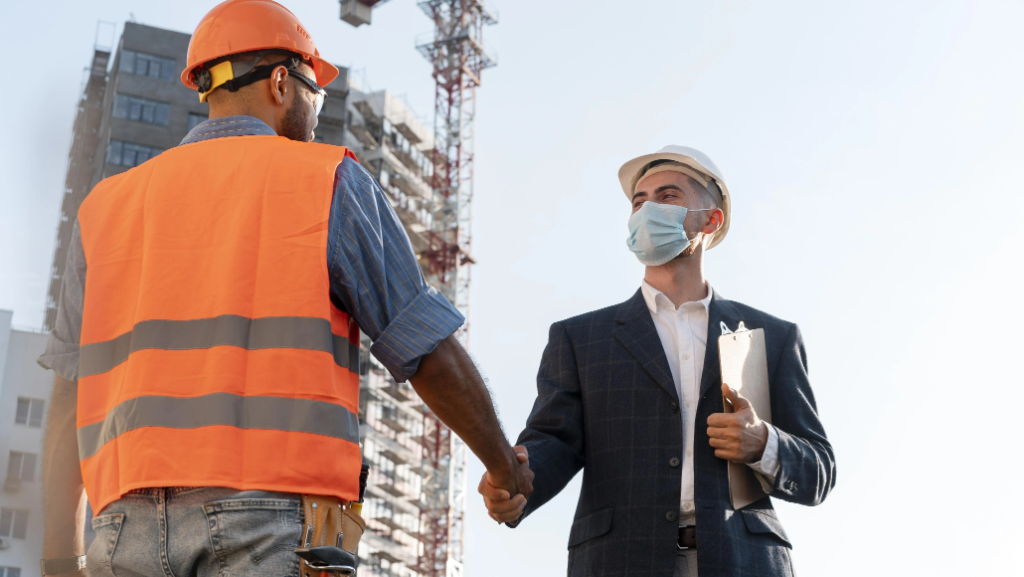With technological advancement and the demand for development by both developed and developing nations, energy plays a critical part in the overall process of sustainability. However, India’s security score has been dropping since 2000, owing to a decline in energy storage capacity, a shortage in primary energy supply sources, and too depending on imports. So let us see how we can build a sustainable commercial building in India.
Energy efficiency – Indian Perspective
The most recent Energy Trilemma Index from the World Energy Council, which examined energy policies in 128 countries, illustrates the global shift in energy policy. A total score of 50.3 places Indian energy policy and infrastructure in 109th among the world’s worst. India comes out on top in terms of energy security, but the country’s sustainability and equity metrics show that the 2017 Energy Conservation Building Code (ECBC) has to be revisited.
In India, the construction industry consumes 35% of the total energy produced. There is a wide range of buildings in this category, including commercial structures, residential structures for personal use, etc. According to the 2017 annual report of the Central Electricity Authority (CEA), commercial buildings account for 9% of total consumption, while residential structures account for 24%. Therefore, there is a need to guarantee that future buildings in India are energy efficient.
Government initiatives
The Government of India established ECBC in 2007 to construct new structures. ECA 2001 established it to enhance “BEE” to properly execute the Act. ” ECBC ” aims to make Indian domestic and commercial buildings energy efficient. The energy consumption in the Indian construction industry is roughly 33%, of which commercial buildings use 9%, and residential structures utilize 24% (CEA). According to a computer simulation, ECBC-compliant buildings should use 40–60% less energy than conventional ones. The mandated use of “ECBC” might cause yearly savings of around 1.7 billion kWh (CEA). They kicked an initiative to promote energy saving in Indian commercial and residential buildings by introducing “ECBC.” In 2018, the “Eco-Niwas Samhita” was introduced.
Sustainable construction
In the building, energy efficiency should be a priority for everything from the air conditioners and lighting to the water heaters and sensors. In addition, on-site power generation should be prioritized from solar, wind, or bio-fuel.
- Light – To maintain the best possible building envelope performance, it is critical to prioritize the use of natural light while still guaranteeing the structure’s thermal integrity.
- Water – Many Indian towns run out of water, so we should include water recycling and harvesting in every new structure.
- Waste Management – Zero-waste, self-sustainability, high efficiency should all be characteristics of such an energy-efficient structure.
How to Make a Commercial Building More Energy Efficient?
Because of building laws and regulations, many energy-saving measures have already been implemented in recent buildings. However, more extensive modifications may need to be made in commercial buildings erected decades ago. Although several quick modifications may be made nearly instantly. It may not seem like much, but simply turning the lights off in portions of your building when not in use may make a difference in the overall energy utilized. Use natural light wherever feasible.
Energy Audits
The adjustments mentioned above are important beginning actions for building management to adapt to become more energy efficient. However, if you want to make significant changes, you need to start by figuring out precisely where your energy dollars are going. Then, by doing an energy audit, you’ll create a baseline for your energy consumption.
Once you have this benchmark, you may compare it to other buildings in the same industry. Many types of enterprises fall under the umbrella word “commercial”. A restaurant, for example, consumes five times as much energy as a warehouse does each year. So when comparing energy utilization, strive for comparable markets.
Savings in energy use in commercial buildings
The Department of Energy has determined how much energy a commercial facility typically consumes from different businesses. For example, lighting uses 7 kWh per square foot, followed by refrigeration and related equipment at 8 kWh. HVAC systems (heating, cooling, and ventilation) combine for 7 kWh.
Again, the way you use this may differ from mine. But if your HVAC systems are consuming a lot more energy than they should be, it makes sense to find out why. The last time they were serviced was probably a year or two ago. An improvement will pay rewards immediately if unclean ducting or leaks make the system work that much harder.
We may say the same for your lighting. LED lights give superb energy-efficient illumination, and the bulbs have a lifetime of up to 50,000 hours, significantly outperforming other solutions. But will your present lighting system allow for a complete switchover to various light sources? Again, check the age and the energy star rating of your appliances.
It’s possible to save money and the environment by upgrading to more energy-efficient or even renewable energy sources if your building is over 25 years old (such as solar power). It’s hard to argue with the savings you’ll see over time, even if the fees are high upfront.
Why Choose RVL?
At RVL, we are constantly striving for improvements. We take proactive approaches to leadership and strive to find the best solution for our clients. We have a passion for what we do, and that passion is reflected in each project we undertake.
Our core values reflect our dedication to clients, employees, and partners. We believe in creating a long term relationship with our clients by working with them, not just for them.
Energy-Efficient Structures that Boost Your Bottom Line
Considering a transition to more energy-efficient infrastructure or reviewing your existing power use situation? For a complete facility assessment or plant update, get in touch with RVL Construction.

